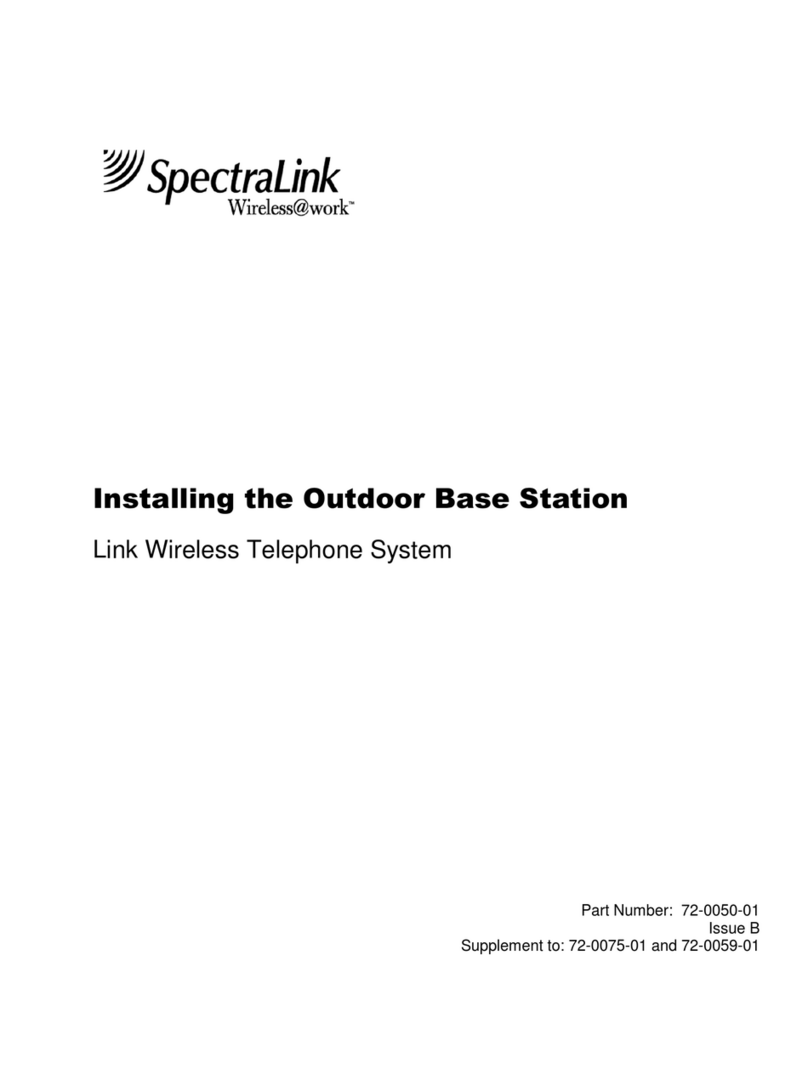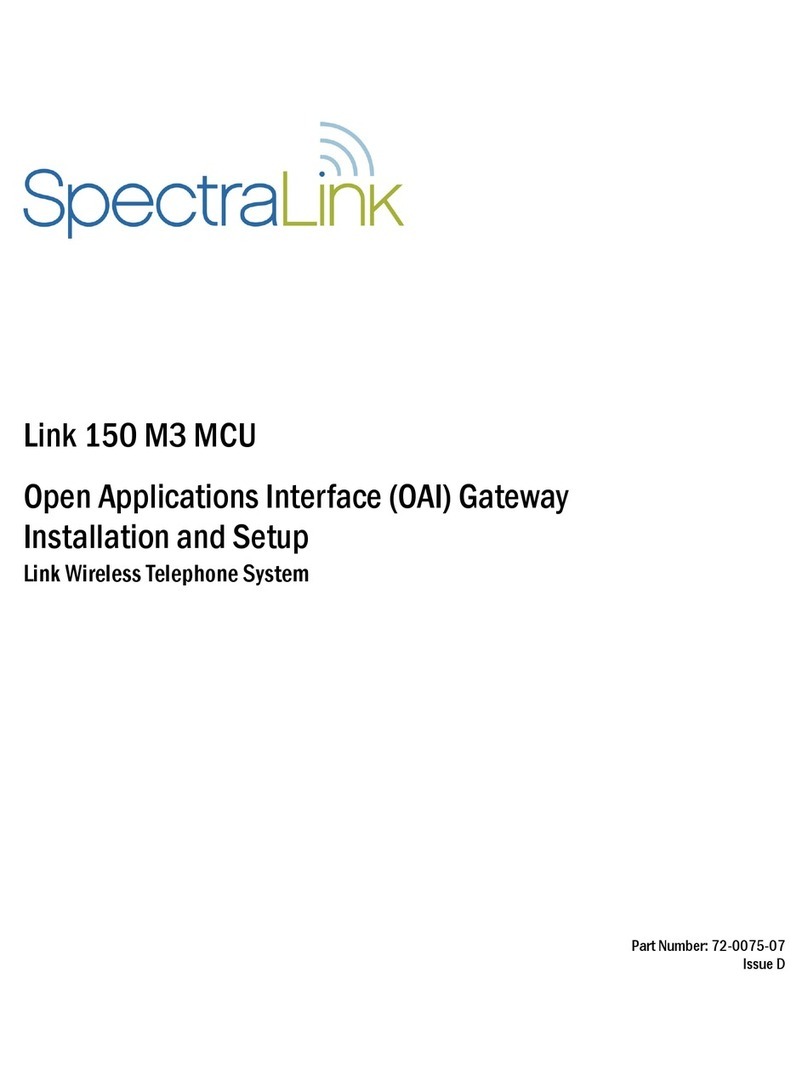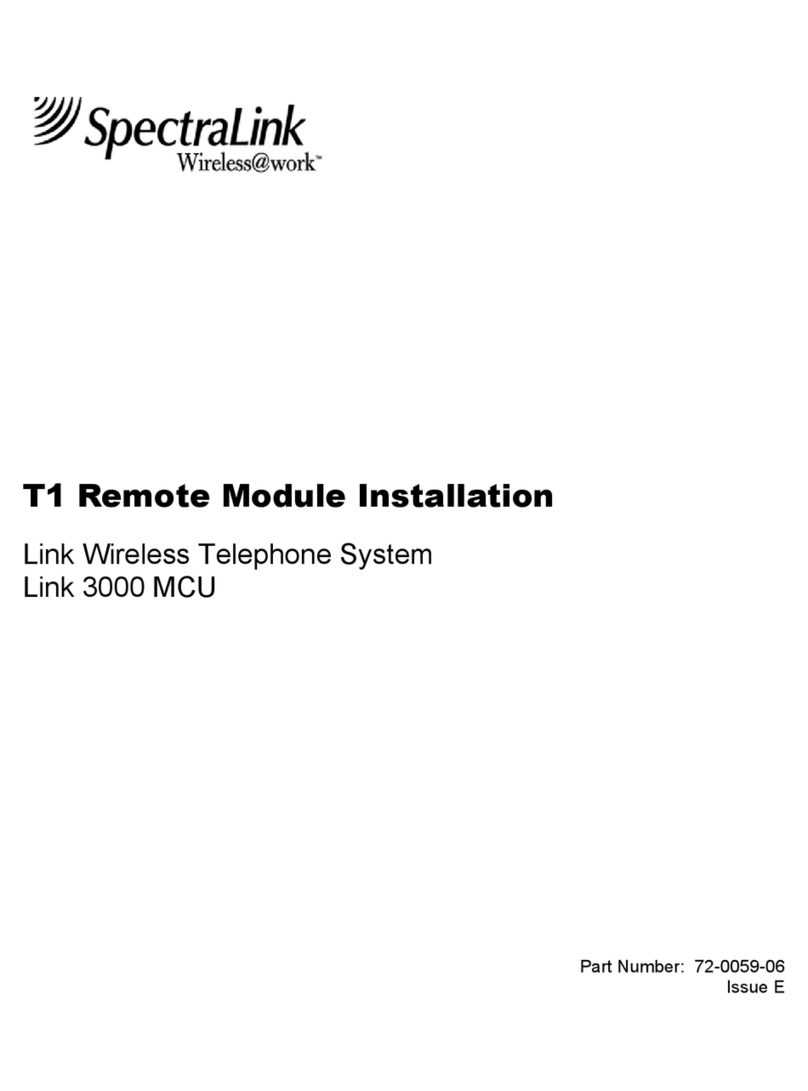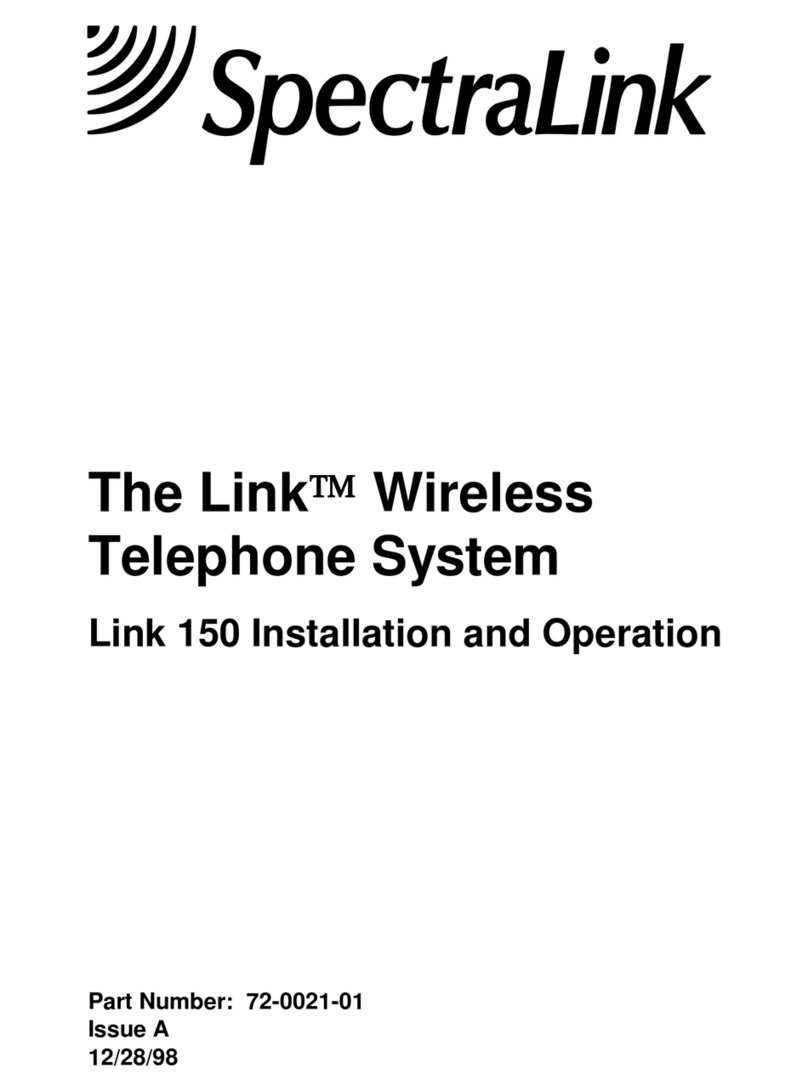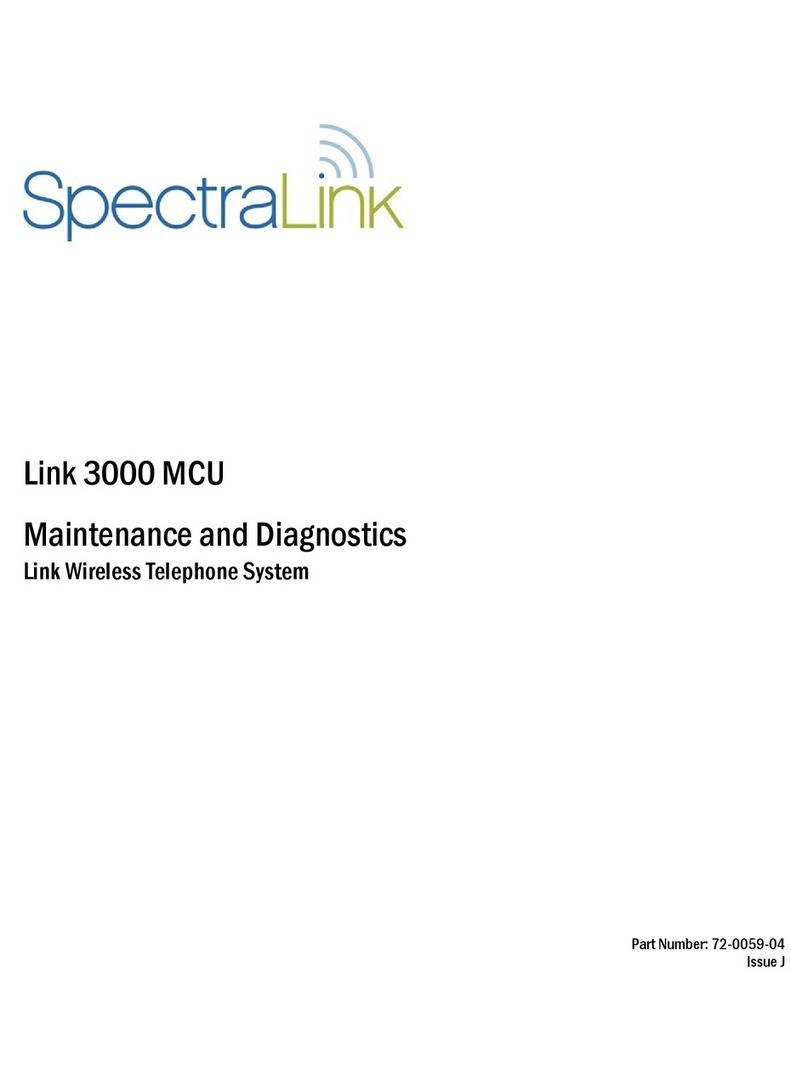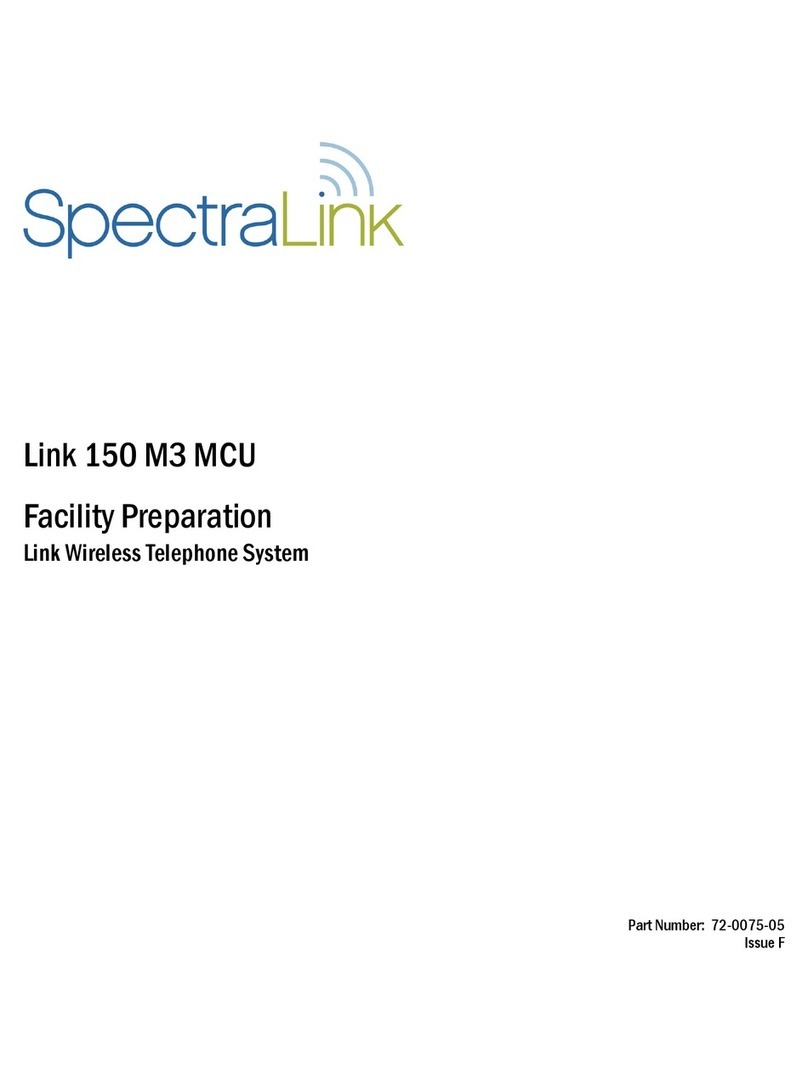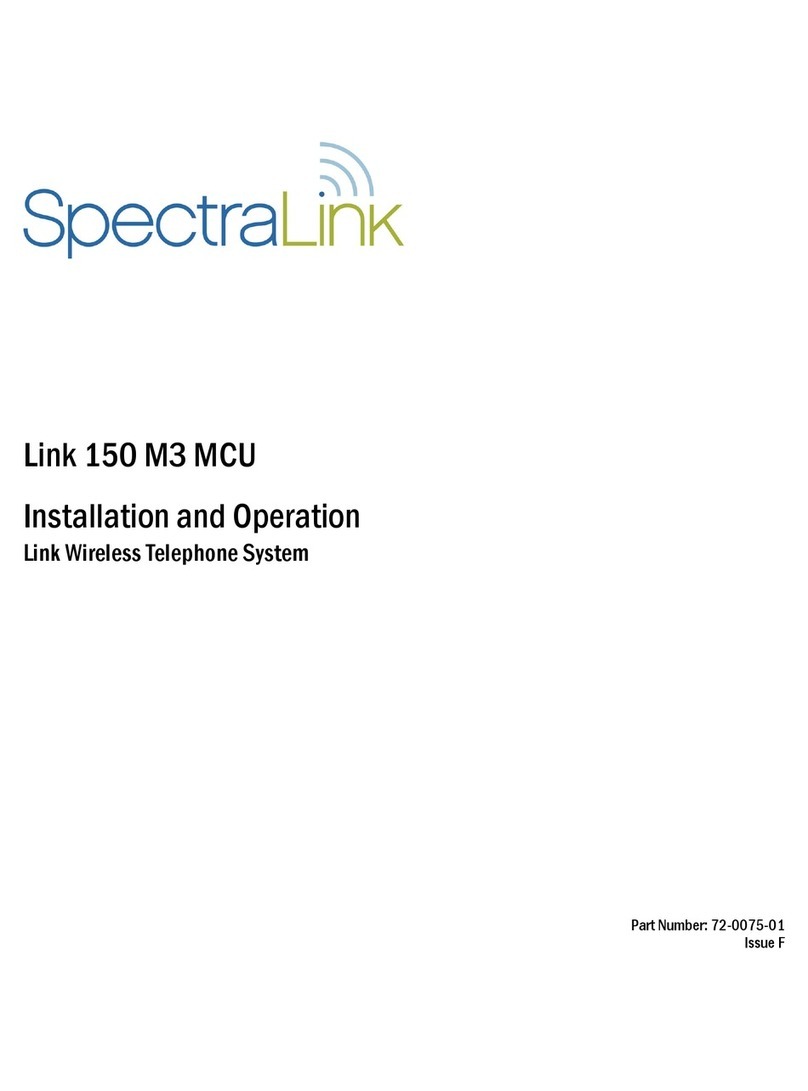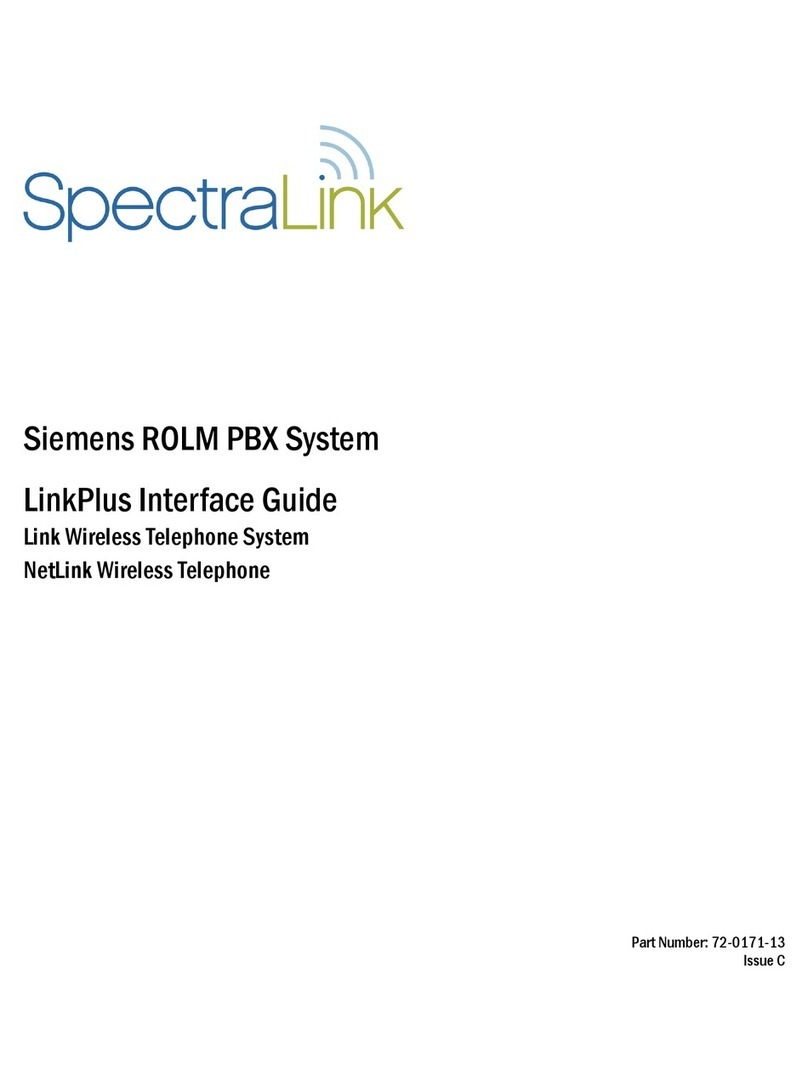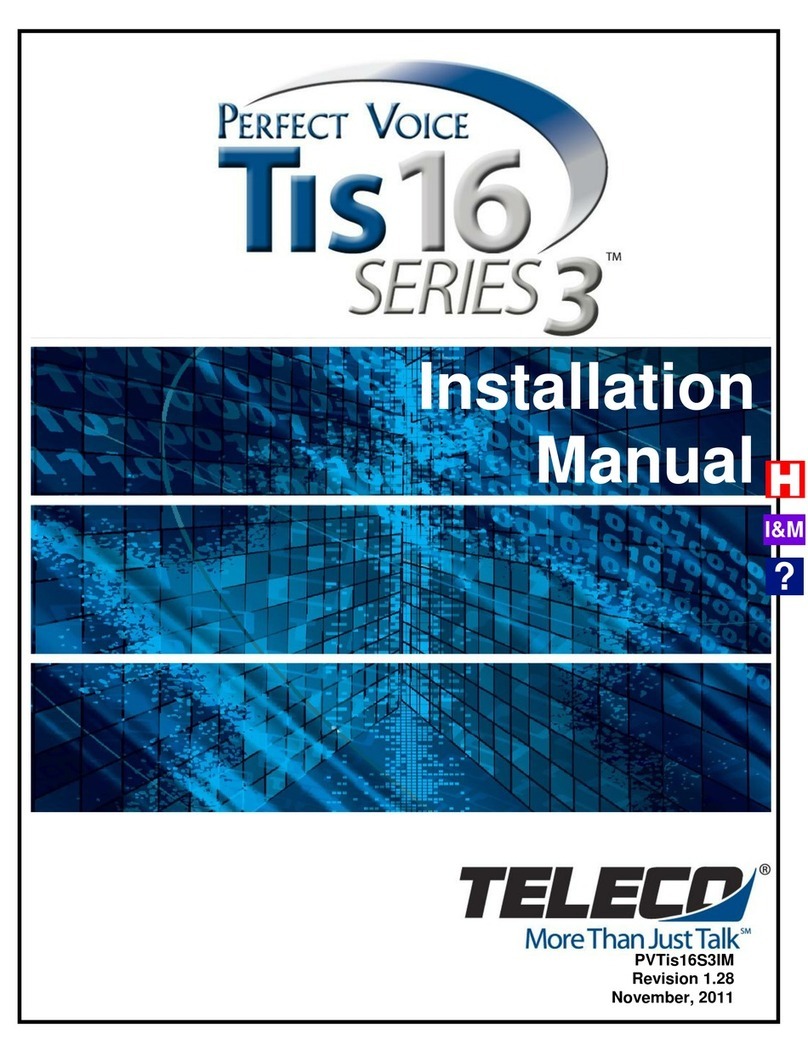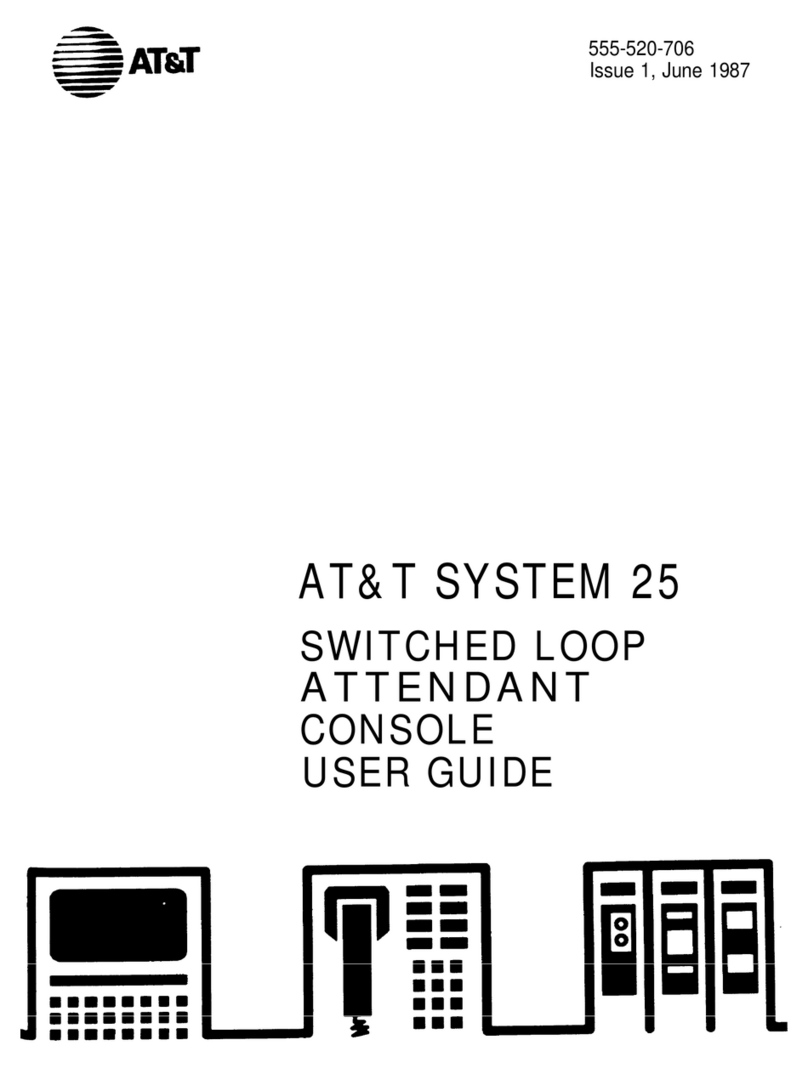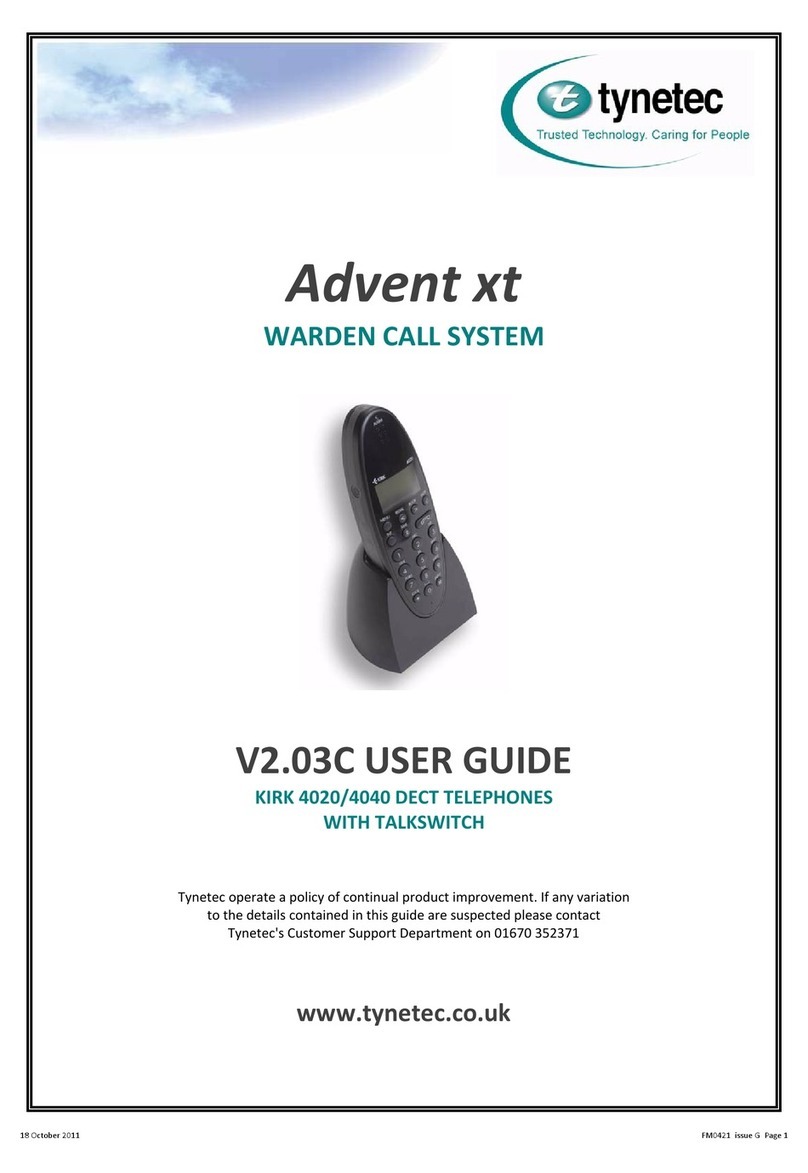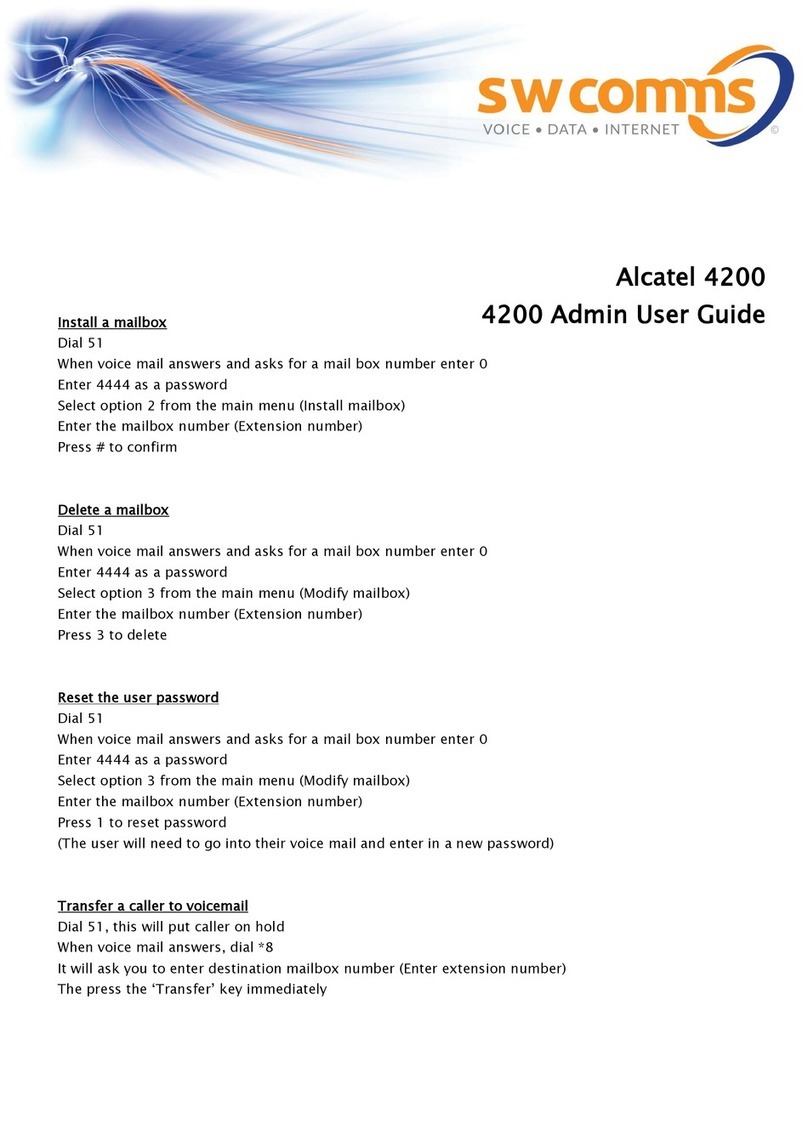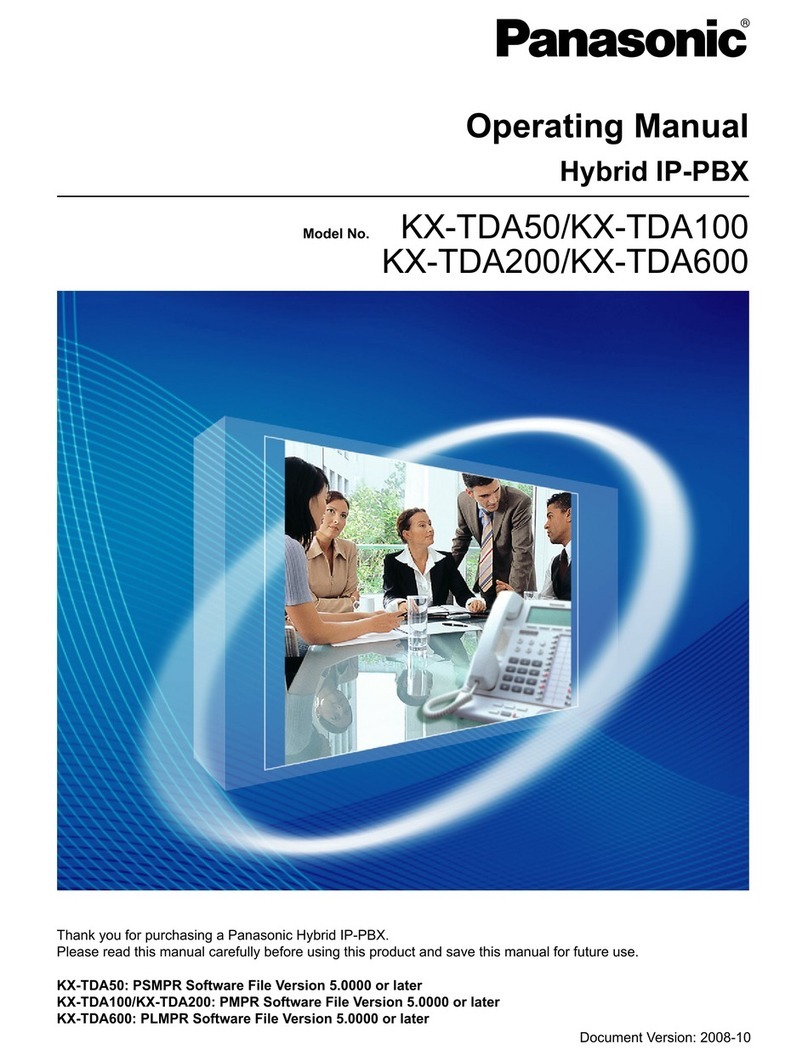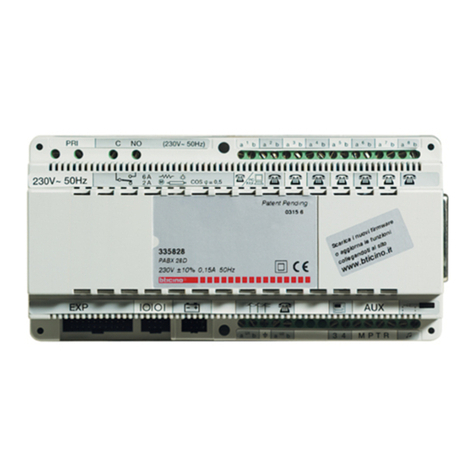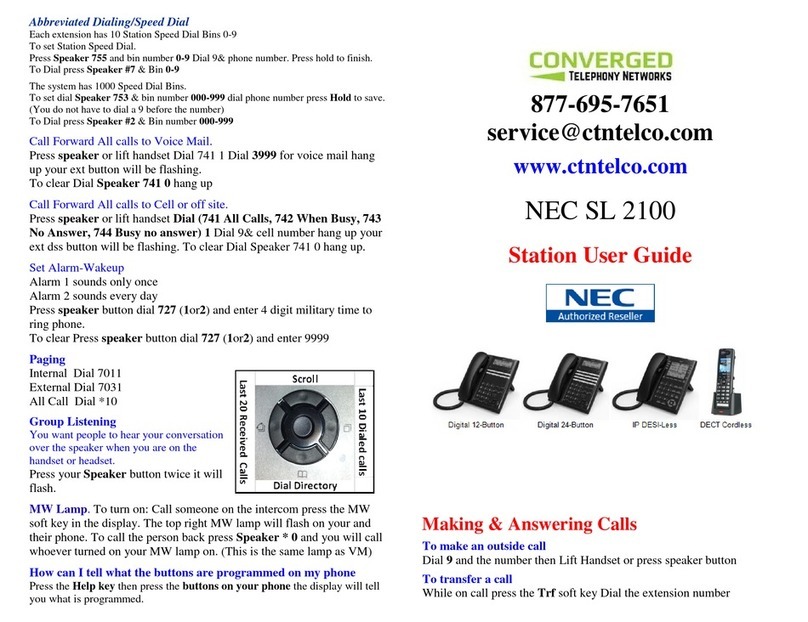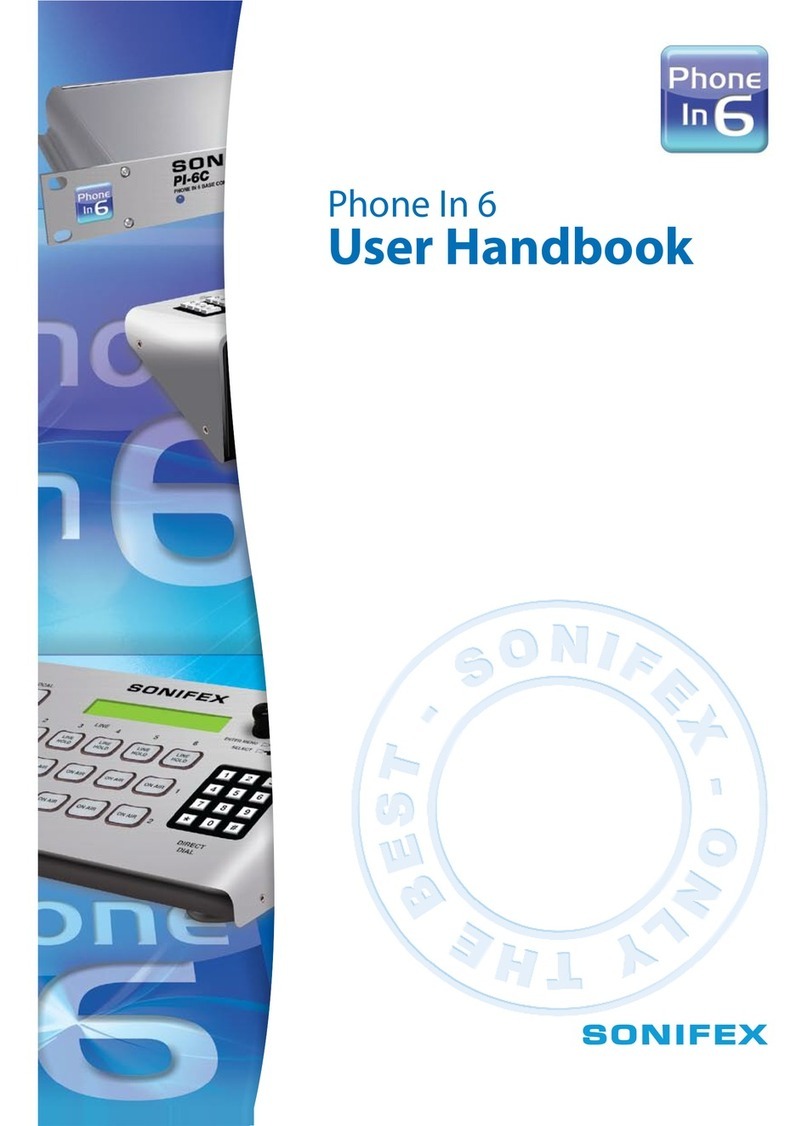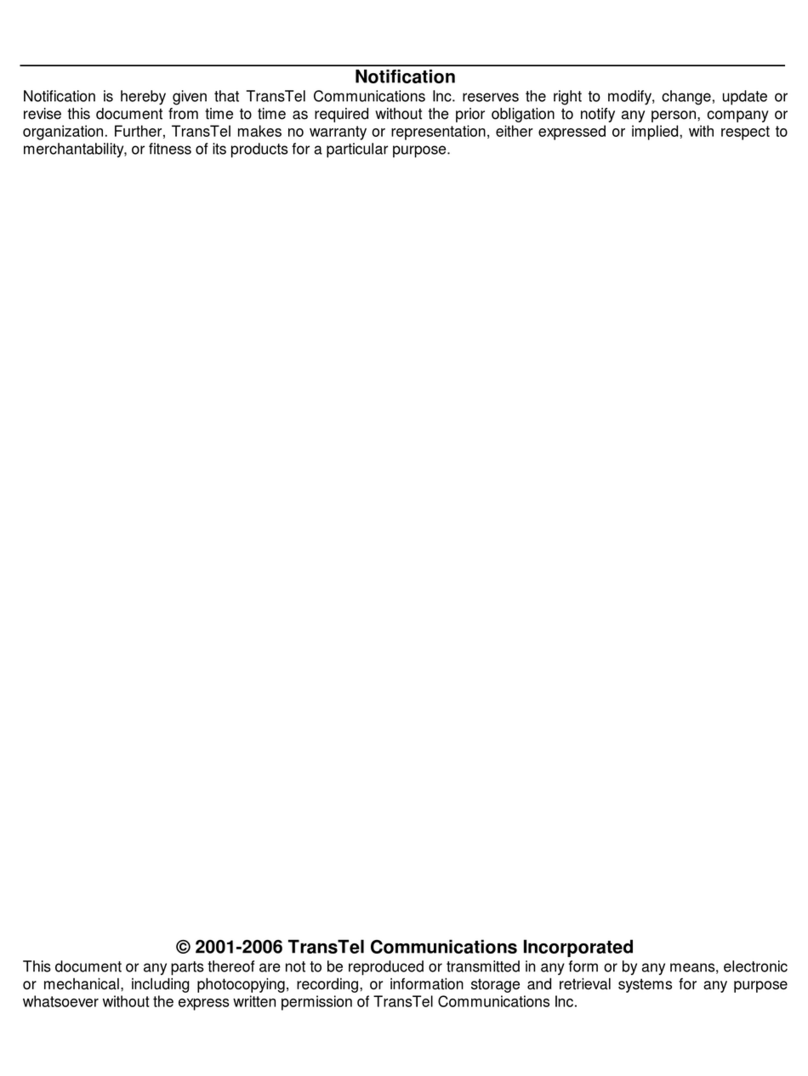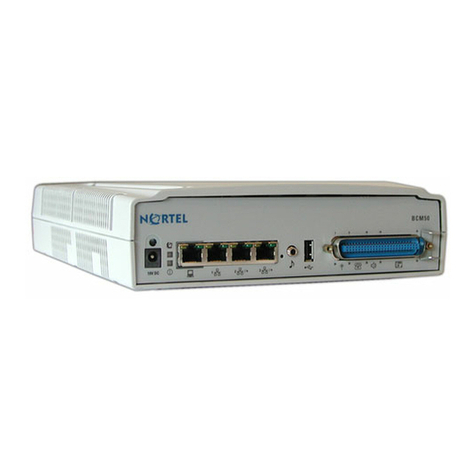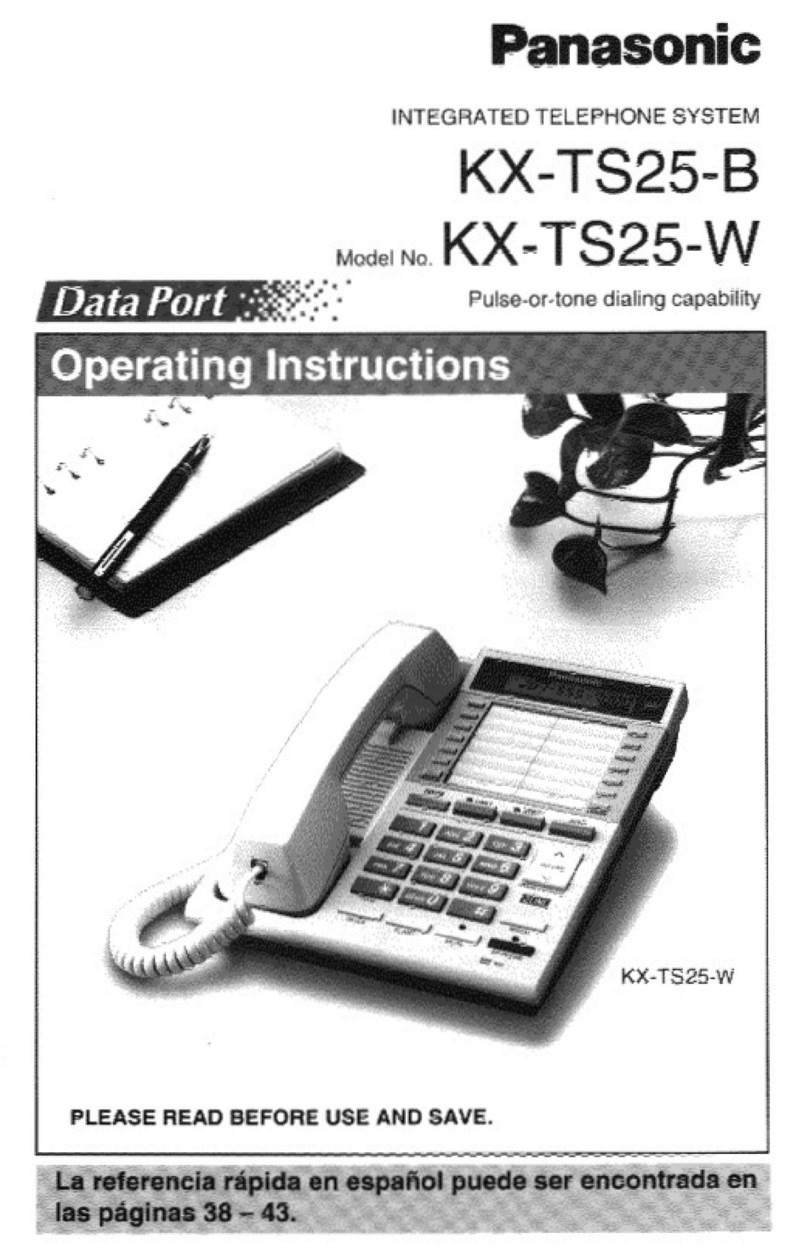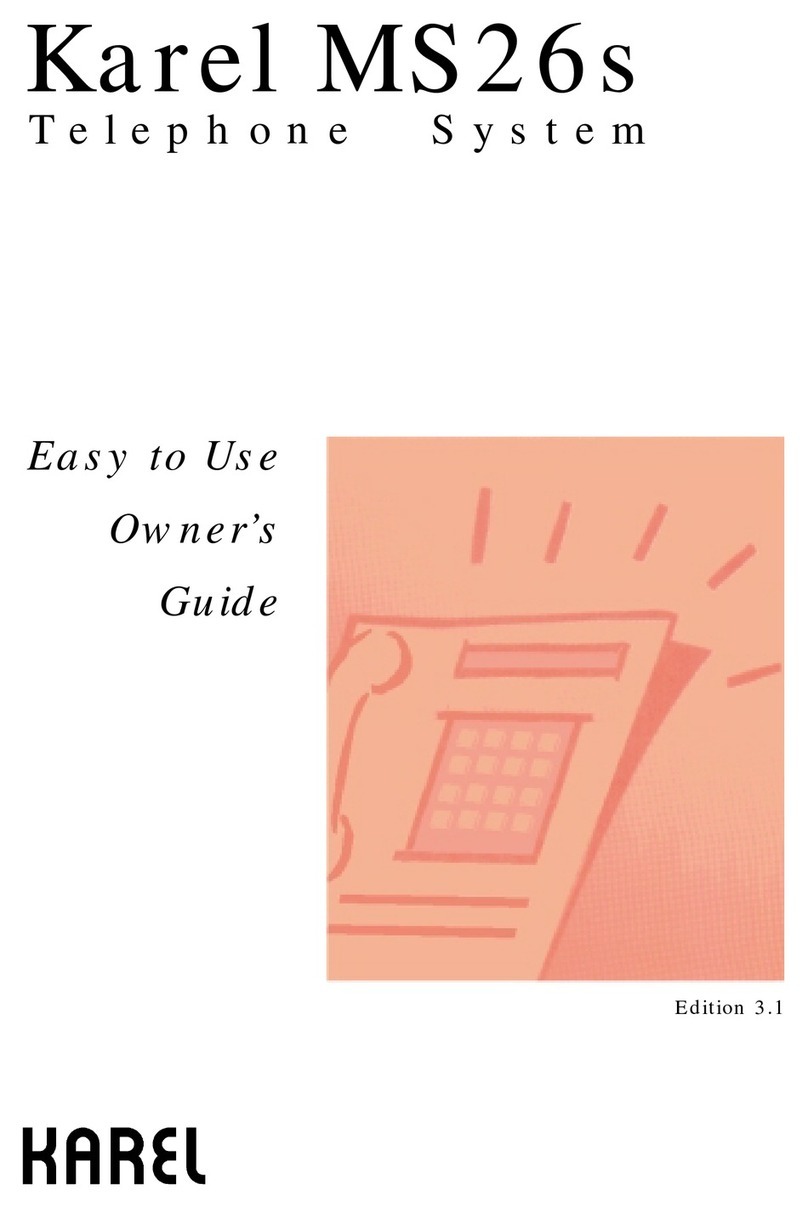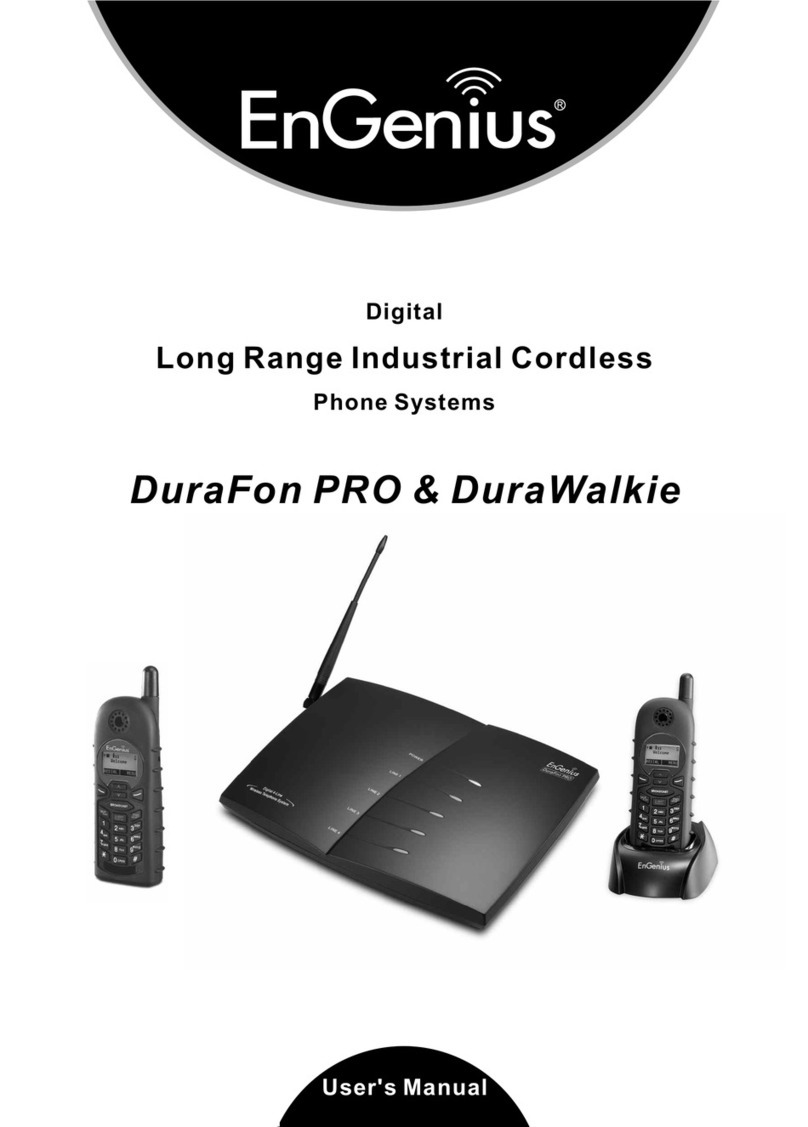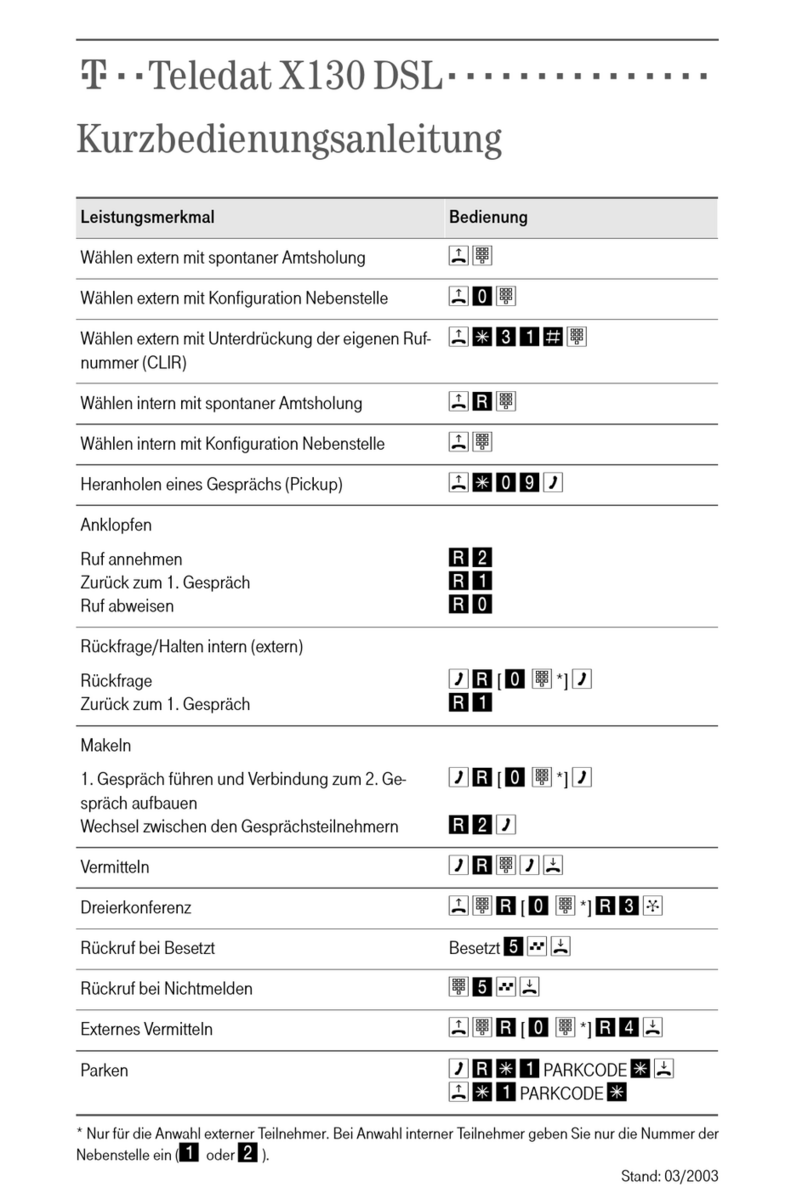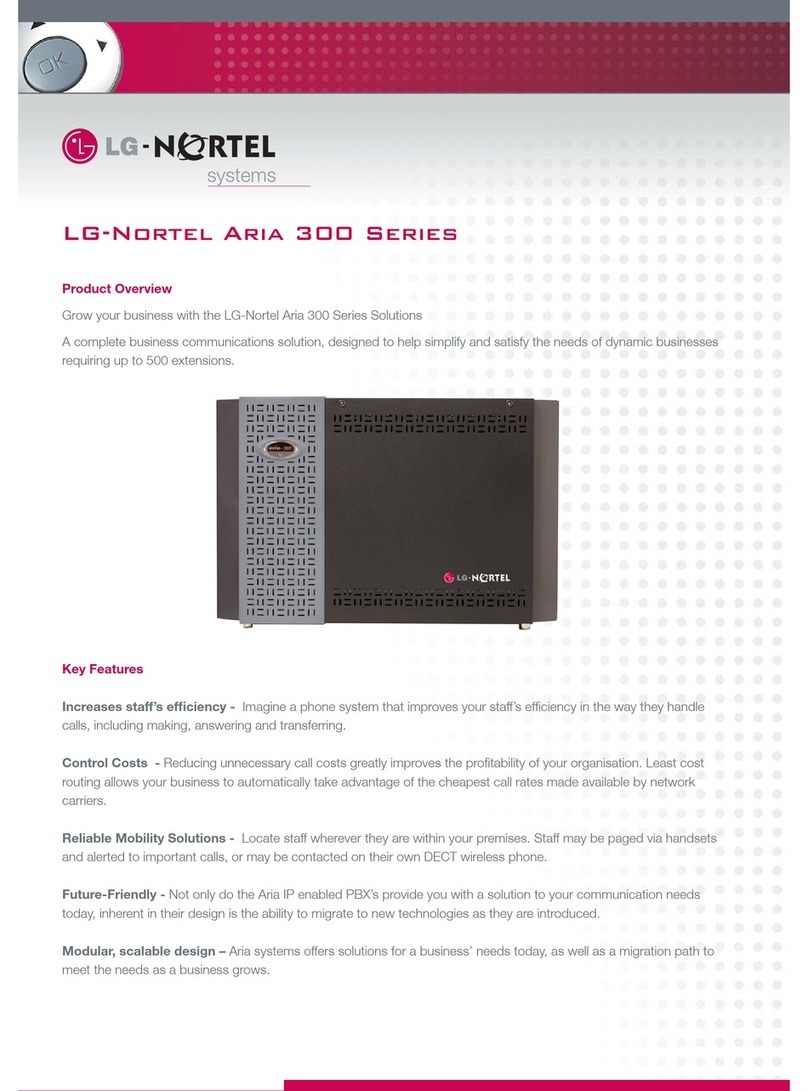
SpectraLink Corporation Link WTS Installation and Operation
Part Number: 72-0075-01-C-W.doc Page vii
Warranty Support Program
World-class support for your Wireless Telephone System
Service
Overview The SpectraLink Warranty Support Program provides predictable no cost
factory repair and telephone technical support for the first twelve months you
own your system. Services include overnight parts replacement for SpectraLink
infrastructure components, repair or replacement of defective Wireless
Telephones shipped within three-days of receipt at our factory, and technical
telephone support seven days a week, twenty-four hours a day, including
weekends and holidays. You can choose to upgrade your first year warranty on
either infrastructure or Wireless Telephones, or both. See details below.
Service
Coverage All models within the Link 150 and Link 3000 product families, Link WTS
Base Stations, Wireless Telephones, and the full range of NetLink products.
Term Twelve (12) month warranty on hardware and software.
Service Features In conjunction with customer-provided on-site labor resources,SpectraLink
Warranty Support provides high-quality parts repair and at no additional
charge. SpectraLink uses a hotline as the first level of support to facilitate
problem solving and provide technical assistance. Telephone response is
immediate. Ensuing problems will be escalated according to established
policies to effect timely resolution of problems.
Telephone Technical Support is provided seven days a week, twenty-four
hours a day, including weekends and holidays. On-site technical support may
be purchased at $100 per hour during business days (8am to 5pm), and $150
per hour after business hours.
Software that fails in normal operation and/or does not conform to published
specifications will be repaired or replaced as appropriate.
After-Hours Remote Testing can be purchased at $750 per year. This service
option provides for SpectraLink to access their system via dial-up after hours
and perform diagnostics on all infrastructure equipment. Infrastructure failures
will be automatically logged and the customer notified the following business
morning.
Warranty
Upgrade Customers may upgrade the warranty repair of their Wireless Telephones from
three-day factory repair to advanced replacement. Customers may also increase
the level of support of their infrastructure to next business day on-site service
from advanced parts replacement, which includes after-hours remote diagnosis
at no additional charge.
SpectraLink
Responsibilities 1. Provide toll-free hotline telephone number for accessing SpectraLink
Technical Support and placing a service request.
2. Provide technical telephone assistance during the PPM.
3. Provide parts repair and replacement services in accordance with response
time commitments.
4. Provide 45 days prior written notice of the service period expiration.

